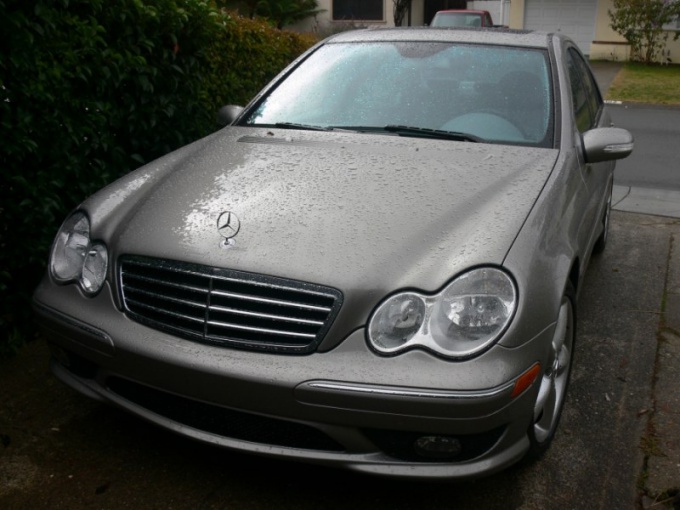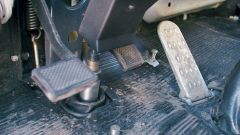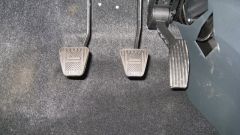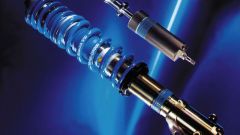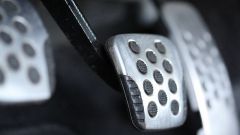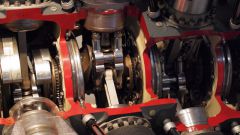Instruction
1
Repeatedly press the pedal the clutch with the engine off and listen. A worrying sign may be the presence of extraneous noises: knocking, grinding, squeaking, etc. in addition, the pedal should not stick. You can also check the stroke, measure the distance from the pedal to the floor when off, and then with the clutch engaged, and by calculating the difference between them. The magnitude of the stroke should not exceed 146 mm.
2
Start the engine, hold it a little at idle. Then depress the clutch, wait 2-3 seconds and try to shift into reverse. If you hear the crunch or other sharp distinct sound, then the slave or the pressure plate the clutch is faulty. Even worse, if the transfer does not work. This may indicate that the output of the clutch failure and the need for urgent repairs. Note: check only makes sense in that case, if the transmission is working fine.
3
Try to change gear with the engine running. The obvious symptom is a rattle or knock when switching gears. Most often, noises are accompanied by shortness of shutting down the transmission. Try to move. If the machine begins to move erratically, it is likely that the cause is a faulty clutch.
4
Check the clutch movement. Scroll to the third gear, and then sharply and strongly press on the gas pedal. If the acceleration of the car does not match the increase in revs, then the problem is in the clutch. You will easily notice this: the crankshaft speed will be very fast to grow, in contrast to the speed of the machine.
5
Please note, not whether there is a characteristic burning smell when operating the clutch. If you felt it, then, friction linings slave drive becomes too hot and start to "burn". It's not always indicative of the urgent need to repair the clutch, but if an unpleasant smell appeared more than once, it makes sense to seek the assistance of a mechanic.
